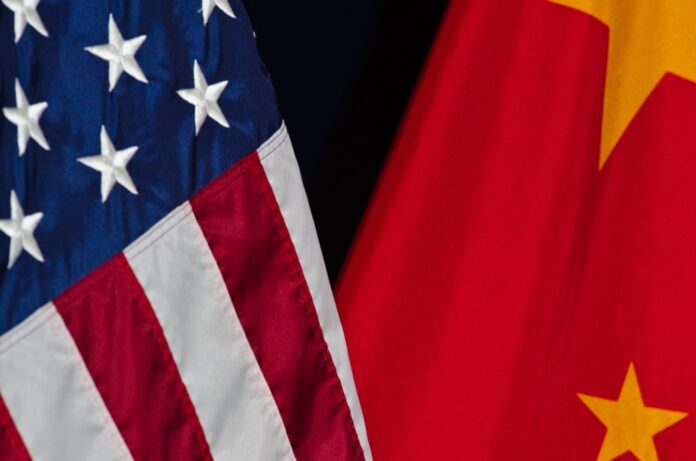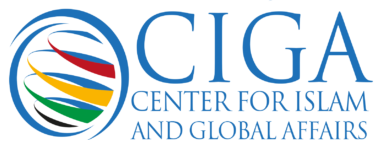Author: Maria Repnikova
Affiliation: Georgia State University, College of Arts & Sciences.
Organization/Publisher: Foreign Affairs
Date/Place: July/August 2022/ NewYork, USA
Type of Literature: Article
Word Count: 3509
Keywords: USA, China, Soft Power, Foreign Policy, Public Diplomacy
Brief:
Maria Repnikova explores the concept of soft power by examining two distinct models: the American and the Chinese conceptions of it. In her discussion, she delves into the balance of soft power and the strategies each model uses to engage with the public. Repnikova argues that both the United States and China have developed distinct interpretations of soft power and unique modes of operation. While American soft power emphasizes the ideals and values of democracy and liberalism, following an ideational paradigm, China’s soft power adopts a practical paradigm to promote its cultural or commercial interests. While this Chinese model of soft power has not been widely accepted in the West, it has maintained a strong appeal to the “global south”. Interestingly, both American and Chinese models of soft power have been viewed by the international community as “complementary” rather than competitive.
Repnikova begins by providing a comparative historical analysis of the evolution and development of American and Chinese soft power. In the case of the United States, Nye’s paradigm of soft power focuses on intangible resources such as culture, ideology, and the ability to shape international institutions. While soft power has been a part of American foreign policy since the 1990s, it has experienced ups and downs depending on shifts in administration. However, during this period, the concept of soft power has gained greater visibility and influence in American policy. On the other hand, China began to develop its model of soft power in 2007, as officials began to address soft power in publications and speeches as a way to cultivate cultural creativity and use it as a soft power tool. This has led to a surge of literature on the topic by Chinese scholars and a significant expansion of Chinese public diplomacy, including the establishment of media outlets and Confucius Institutes in nearly 162 countries worldwide.
Maria Repnikova compares the fundamental principles of both models of soft power as they are seen as a point of competition between the two countries. The American conceptualization of soft power is largely based on an ideological orientation that emphasizes democratic values and ideals, positioning itself as a defender of democracy and liberalism against authoritarian powers such as Russia and China. American soft power and public diplomacy celebrate liberty, individualism, and diversity through showcasing such models and examples around the world. Additionally, American soft power is heavily influenced by the cultural export of the private sector, such as Hollywood movies and commercial brands. In other words, the American model of soft power projection combines the efforts of both the private and public sectors, a tradition that began during the Cold War and has continued since the post-Cold War era through the deployment of writers, artists, and musicians by the CIA and the State Department to promote certain cultural content and publication. In contrast, the Chinese perception and strategy of soft power emphasize pragmatism over values. China takes an economic-commercial approach to project its soft power and culture, using its economic development, increasing military power, technological advancement, and governing competence to enhance its global image and position. Through its international media outlets, China emphasizes these elements, along with material generosity, in an effort to build its image and soft power in the world. For example, China generously supports development projects in Central Asian countries in sectors such as public health and agriculture, and offers educational programs and training opportunities to countries in the global south.
This examination of these two distinct models of soft power reveals that while the United States uses its soft power capabilities in an ideational and value-based paradigm to complement its hard power, China emphasizes its increasing hard power, whether economic or military, to bolster its soft power. In education, the United States leverages the prestige of its educational institutions as an elite destination, while China takes advantage of the availability of state-funded scholarships and low-tuition education compared to Western institutions to maintain its global image as a destination for students from the global south. From a Western perspective, it is argued that China compensates for its lack of ideational or ideological power through material incentives and the deployment of its economic power to attract people and build its image. At this point, Repnikova argues that although these economic incentives are not inherently soft power, they can sustain China’s soft power by enhancing its image as a global power that supports competence, pragmatism, and opportunity, particularly in places where these are scarce or unavailable.
Repnikova argues that although Chinese soft power has had limited influence in the United States and other Western countries, it has gained more influence in the global south, particularly in Africa and Latin America. The Chinese pragmatic economic approach to soft power has had a positive impact on Africa in the economic and political spheres. For example, China offers a large number of educational and training opportunities and scholarships, compared to the limited number of highly competitive fellowships provided by the US State Department. Additionally, Chinese soft power has high visibility in the global south due to the increasing number of infrastructure projects, such as highways, bridges, and railways. While these projects have been controversial due to concerns about quality and safety, they have helped to maintain China’s image and position. However, this visibility and appeal of Chinese soft power and influence in the global south does not mean that the US-China competition in this region, and elsewhere, should be seen as a “zero-sum game”. Instead, the American and Chinese models of soft power are seen as complementary to each other and attractive to different publics in various regions. Targeted elites seek to maintain connections and benefit from opportunities offered by both China and the US.
Repnikova discusses the future challenges facing American and Chinese soft power. For the American model of soft power, the main challenge is the gap between its proclaimed democratic values and its inconsistency in its domestic practices, which undermines its image as a defender of democracy and liberalism. Additionally, its selective commitment to supporting democracy abroad breeds mistrust and concerns about its intentions. Another challenge is that the US’s limited investments in human capital hinder its promotion of soft power. On the other hand, China’s reliance on material and practical incentives has led to quality issues with its image and perception, as seen in public perception of Chinese vaccines and the limited influence of its state media outlets. To address this challenge, China needs to shift its focus from quantity to quality and allow more freedom in its media outlets. Additionally, its reliance on economic incentives without ideational power may require it to offer more gifts, which will be more difficult if its economy slows down. To sum up, while it is often portrayed that the US and China are engaged in a soft power competition, it is more of a “soft power coexistence.” Rather than focusing on which model is more attractive, the focus is on what each can offer. Their success therefore depends not on outplaying or surpassing each other, but on addressing their own internal weaknesses.
It is worth noting that the theory of soft power offers two different approaches: one that focuses on intangible power, represented by ideational power, and another that relies on incentives rather than punishment, represented by economic inducements. Both the American and Chinese models adopt different models of soft power. However, the goal is not to simply maintain soft power, but to use it to achieve specific objectives and goals, whether through hard or soft power, as it is primarily a tool, not an end in itself. The key is to use “smart power,” which involves choosing the right tool for the right situation based on one’s own capabilities and goals. In this regard, China’s capabilities align with its strategy due to the inferiority of its language and culture. It leverages its economic development and technological advancement to build its own model of soft power. As such, Chinese soft power should be seen as a potential that has maintained its status in international politics.
By: Yomna Süleyman, CIGA Research Associate




